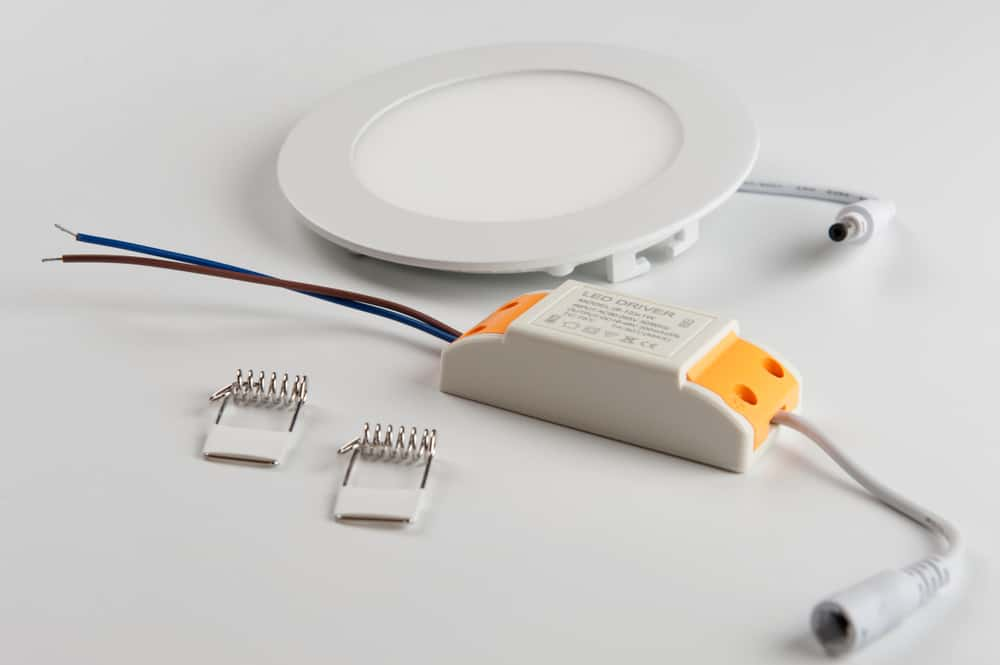Understanding Constant Current And Constant Voltage-Led Drivers
The world of lighting has undergone a significant transformation in recent years, with Light Emitting Diodes (LEDs) emerging as one of the most energy-efficient and versatile lighting solutions available. However, the efficient operation of LEDs requires precise control of the current and voltage supplied to them. This is where LED drivers come into play. LED drivers are essential components that regulate the power supplied to LEDs, ensuring their optimal performance and longevity. Among the various types of LED drivers, two primary categories stand out: Constant Current LED Drivers and Constant Voltage LED Drivers. In this article, we will delve into the intricacies of these drivers, highlighting their differences, applications, and benefits.
1. Introduction To LED Drivers
Let’s get the basics of LED drivers down pat before we delve into the specifics of constant current vs constant voltage led driver. First, let’s develop a basic grasp of LED drivers in general. An LED light driver is an electrical component that adjusts the amount of power that is provided to LEDs to keep them in an operational condition that is consistent with best practices. LEDs are sensitive to fluctuations in current and voltage; hence, they require careful management to ensure consistent brightness, color, and overall performance. This is necessary since LEDs are sensitive to these variations.
2. Constant Current Led Drivers: Unwavering Illumination
Constant Current LED drivers are designed to deliver a consistent amount of current to the LED, regardless of the changes in the LED’s forward voltage. LEDs have a unique characteristic known as the “forward voltage,” which is the voltage at which they start conducting current and emit light. In a constant current LED driver, the driver adjusts the voltage according to the LED’s forward voltage to maintain a steady current.
One of the key advantages of constant current LED drivers is their ability to ensure uniform brightness across multiple LEDs connected in series. This makes them suitable for applications like LED strips, arrays, and high-power LEDs, where maintaining uniform illumination is crucial.
3. Constant Voltage Led Drivers: Voltage-Controlled Brilliance
Constant Voltage LED light drivers, on the other hand, maintain a stable voltage supply to the LEDs while allowing the current to fluctuate based on the LED’s requirements. This type of driver is ideal for applications where a single LED or a parallel-connected group of LEDs needs to be powered.
Constant voltage LED drivers are commonly used for low-power LED applications, such as decorative lighting, signage, and backlighting. Since they provide a consistent voltage, they simplify the design and overcome the complexity of the LED circuit.
4. The Dichotomy Of Efficiency
Both constant voltage drivers and constant current LED drivers offer their advantages in terms of efficiency. Constant current drivers excel in situations where the voltage drop across the LED can vary significantly due to temperature changes or manufacturing tolerances. By providing a fixed current, these drivers ensure that the LED’s brightness remains consistent regardless of these variations.
Constant voltage drivers, on the other hand, are efficient when dealing with low-power LEDs. Since these LEDs generally have a fairly stable forward voltage, a constant voltage driver simplifies the circuit design and eliminates the need for precise current regulation.
5. Choosing The Right Driver: Application Matters
The choice between the two LED drivers constant current and constant voltage, hinges on the specific application’s requirements. A thorough understanding of the intended use is essential to make the right decision.
For instance, in architectural lighting, where a series of LEDs need to maintain uniform brightness, constant current drivers are preferred. These drivers ensure that all LEDs emit the same intensity of light, creating an aesthetically pleasing and consistent lighting environment.
Conversely, constant voltage drivers find their niche in applications like retail displays or signage, where individual LEDs need to emit different colors and intensities. In such scenarios, a constant voltage driver allows for flexibility in configuring LEDs with varying requirements.
6. Dimming Capabilities: A Dim Light On The Subject
Dimming is an essential component of contemporary lighting design, as it enables users to customize the level of illumination to better suit their preferences. Whether or not LED drivers are constant current drivers or constant voltage drivers determines whether or not they are compatible with dimming.
By their very nature, constant current LED drivers might be more difficult to dim than other types. However, recent advances in technology have allowed for the production of dimmable constant current drivers, which provide dimming performance that is both smooth and devoid of flickering.
Dimming is made significantly less complicated with constant voltage LED drivers thanks to the reduced complexity of the current regulation. Because they can be easily connected with typical dimming systems, they have become a popular option for applications that require dynamic lighting effects.
7. Hybrid Solutions And Future Trends
As LED technology continues to advance, there will be new opportunities as well as problems. To cater to particular requirements, hybrid systems that incorporate aspects of both constant current drivers and constant voltage drivers have come into existence. These hybrid drivers provide the benefits of both types while also being able to accommodate more complicated lighting configurations.
In addition, as the importance of energy efficiency and sustainability grows, LED drivers are also being developed to function more efficiently and with less power lost. In the not-too-distant future, we might witness technological advances such as wireless control, integrated intelligent lighting, and improved shrinking of drivers.
Conclusion
Constant current and constant voltage LED drivers are essential components that dictate the performance and longevity of LED lighting systems. Their distinct characteristics make them suitable for a wide range of applications, each contributing to the overall efficiency and quality of LED illumination.
Understanding the differences between these two types of drivers and assessing the specific requirements of each lighting project are crucial steps in achieving optimal lighting results. Whether it’s consistent brightness across a series of LEDs or dynamic color changes in signage, the right LED driver choice can truly illuminate the potential of LED lighting technology. As LED technology continues to advance, these drivers will play a significant vital role in shaping the future of lighting.


